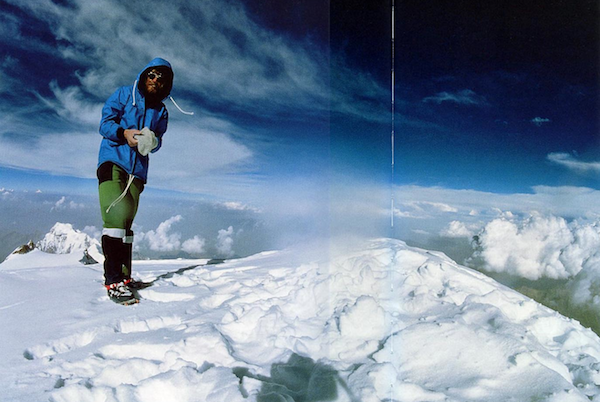That Reinhold Messner lives in a castle comes as little surprise. That he has chosen a stone-built Medieval fortification as a dwelling place suits his relentless, unbending personality. There is in it, too, consciously or not, a large degree of myth-making. Not only does he own the castle, with its impressive keep and adjacent ruin, and its high curtain wall – a schoolboy’s fantasy home – but he owns the very mountain it sits atop, farms the land, sells the produce at a farm shop at the foot of the peak and serves traditional fare from his herd of yak at the Schlosswirt Tavern, halfway down the hillside. It is a dream of self-sufficiency, a trait that reappears again and again in his life and which crops up regularly in his speech. “When the end comes and Europe falls apart”, he joked with customary bluntness,” I will be at least safe.”
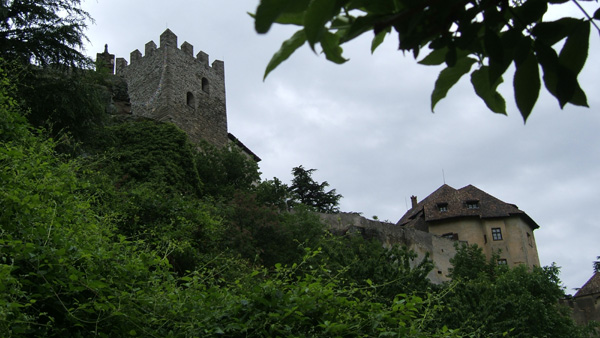
He lives as near to a Medieval feudal lord as contemporary Europe will allow. But it is a long way from his origins as the son of a school teacher born and raised in the hamlet of St Peters in the remote Villnöss Valley. He bought Juval in 1983 after his first solo ascent of Everest and at the height of his fame. “My father, he was always against me buying the castle,” he said with a shake of his head, adding quietly, “he refused to come here, even to the end. He died without seeing it.” That stubbornness is clearly a Messner trait, as is the rigid belief that you are always right. Hans Kammerlander, his old climbing partner, had this to say about him, “I speak as a friend. He cannot take criticism and he is quick to attack if he is criticised.”
It could be said that the two defining elements in Messner’s life, the things that drove him to do the things he did, were his father and the environment into which he tumbled. He was born in the shadows of the ragged Geislerspitzen range. “The climbing had to do with two facts. My father was a climber – but not an extreme climber – so as children we heard about this. Secondly, we had no football place in the valley… and the only possibility to do something to express ourselves was to go on the rocks.”
Messner was five when, under the watchful eye of his father, he climbed his first mountain – a three thousand foot peak. But Josef Messner was a strict and anxious man, his anxiety compounded by his need to provide for his rapidly growing family (there were to be nine Messner siblings in the end – eight boys and one girl), the aborted vote before the war, of which he was the chief organiser – to encourage South Tiroleans to emigrate to Germany, and perhaps most tellingly of all, the fact that as a young man his education had been curtailed by straitened family circumstances. If Josef Messner’s wings had been clipped, there was no reason why his son thought that he shouldn’t be allowed to fly. But time and again he had to steer his recalcitrant child away from the cliffs and back to his books. For him there was no future in climbing, no means of earning a living. “My father had the ability not just to shout but to humiliate,” said Hansjörg Messner, one of Messner’s younger brothers. “I remember Reinhold sitting at he wooden table in the kitchen, holding his head and just crying and crying.” Whatever he said it obviously didn’t work, or perhaps it did. Josef Messner’s opposition may have been exactly the fuel the young Reinhold needed to succeed. His father could stay down there with his dusty books and pens, but he was going to climb out of the valley, to the top of the world. “In the family… there was only one chance. To break, to be broken, or to be stronger than the father.”
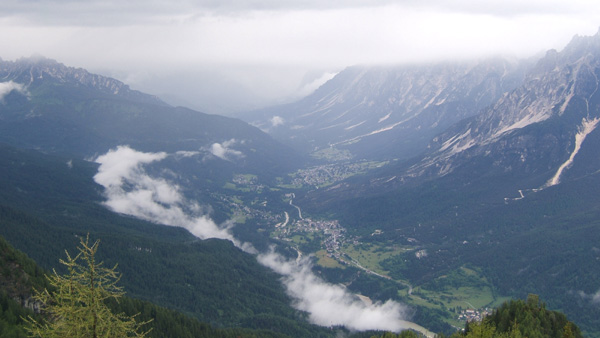
With seven brothers to compete against, it was clear that it was necessary not only to ‘express’ himself, but to find his own voice. Although climbing was in the family, very early on Messner claimed it for his own. By the time he was thirteen he had outstripped his father in skill and audacity and had formed an unshakeable climbing partnership with his younger brother, Günther. While the teenage Reinhold was all fire and confrontational swagger, Günther was shy and reticent. The latter was still held sway by their father just as the older boy was breaking free. But in the mountains Reinhold Messner ruled. Where he led, Günther followed. By the time they were in their late teens they had mastered freestyle rock climbing on the jagged spires and pinnacles of the Dolomites and had considerable experience of ice and mixed terrain from elsewhere in the Alps. They also had the opportunity to climb with others, some of the best in Europe. “I would say at 20, 23, we understood there is nobody climbing what we are climbing.”
Even so, bowing to pressure from their father the two youths sought out ‘real’ professions. Günther went to work for a bank and Reinhold enrolled at Padua University to study architecture. He never qualified for practice though. Instead he taught maths at a local school. There was more free time with this occupation. The pull of the mountains was stronger than the pressure to knuckle down and earn a living. Anyone viewing these forays into ‘work’ as aberrations or brief pragmatic blips, would be wrong though. You only have to see the five Messner museums, each radically different in character and location, to realise that the man behind them is as interested in the drama of their form as he is in the contents they disclose. “I fought for ten years to get the permission to build the roof,” said Messner, looking up at the glass dome above us at Juval and clearly enjoying the memory of the triumph. Although he brought in noted architects to work on each project, he was clearly closely involved, from conception to construction. And perhaps more so than the diploma from Padua was the experience of the mountains themselves, which combine seeming randomness with the most magnificent design and which a good climber would get to know every cleft of in intimate detail. In many ways climbing mountains was the perfect apprenticeship for this later phase in Messner’s life, that of building museums in rock and glass and steel.
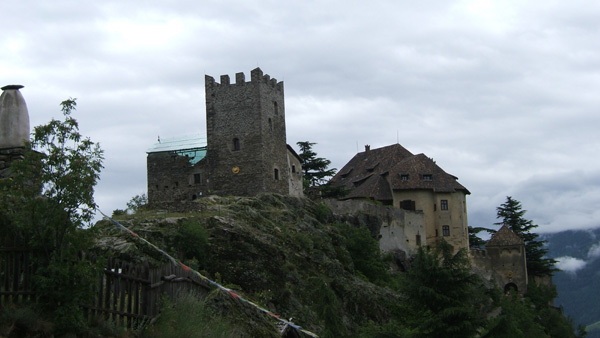
At first the interest in mathematics is a little more baffling. When I told a colleague of Messner’s brief flutter at an earlier career, he chortled, imagining the great alpinist in corduroy jacket with patched elbows. But evidently maths is a genuine passion. He had this to say about it, “I think that mathematics is the only science which is able to design philosophy… So mathematics and philosophy is more or less the same thing.” But this theory goes deeper as it was played out time and again during his climbing career. He talks of the mountain’s ‘line’ – the route up that finds the summit – as being mathematical, a question of logic and calculation. Even more than this, it was a discipline that was vital to him in the act of climbing, a tool for survival. “I think that courage is only the other half of fear. Only because I am afraid, I need courage. So when I start to climb – especially when I’m on a big wall – I am so concentrated that there is nothing else existing… everything seems quite logical. The danger is gone. But the concentration is absolute.” It is no coincidence that mathematics is a particular skill of the architect too.
In 1970 the brothers’ time came. Their talent had been noted in European climbing circles and they were invited to join the Austro-German Sigi Löw Memorial Expedition to the Himalayas. The target was Nanga Parbat, the ninth highest mountain in the world, a ferocious giant that had been scaled successfully only twice and never before by the Rupal Face, which was the expedition’s intended route.
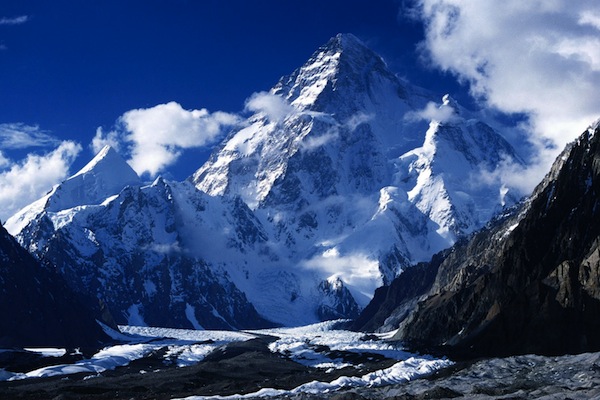
There was something in the nature of a vendetta about proceedings though. The expedition leader, Karl Maria Herligkoffer, had lost his half-brother to the mountain, which had claimed many other lives of those audacious or foolish enough to lay siege to her. He was no climber either and the German backing of the group meant that there was some concern that the Austrians and Tyrolese shouldn’t spoil things by claiming glory first. Inevitably perhaps, Messner’s cocksuredness was already beginning to rub others up the wrong way.
Nevertheless, Herligkoffer evidently felt that he couldn’t achieve the final goal without Messner at the fore. By late June Messner and his brother, together with Gerhard Baur, were positioned in the top camp of five, a little less than a thousand metres from the summit. They were waiting for a signal from base camp. A blue rocket meant good weather in which case the three would make a team ascent. A red flare, however, meant the outlook was bad. In this case it was agreed that Reinhold Messner would make a solo dash for the summit. Later that evening, it was a red flare that shot out of the valley.
It is at this point that the accounts of what happened diverge. What is certain was that in the early hours of the morning Messner set out – alone. A few hours later, aggrieved that he had been denied this last challenge, Günther broke ranks and went after his brother at terrific speed. According to Messner he caught him up, going at “the limit of his possibilities”. It was late afternoon when the two breasted the summit. But Günther was showing signs of exhaustion and altitude sickness. Without a tent or supplies Messner made the decision to spend the night up there. Sharing a single space blanket, the temperature plunged to minus forty. By morning Günther’s condition was serious. A two man team from camp four was seen scaling the route the brother’s had taken but no one could make themselves heard across the intervening space. Deciding that returning on the sheer wall of the Rupal Face would pose a severe risk, Messner instead chose to descend on the much gentler Diamir Face, which had been scaled before.
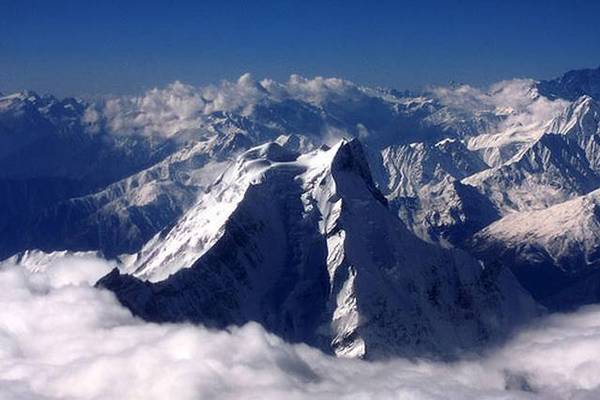
They were forced to bivouac a second night but they were making progress and with the drop in altitude, Günther had slightly improved. The following day Messner went on ahead to break a safe route, letting Günther trudge slowly in his trail. But Günther never did catch him up. Messner returned and searched frantically for a day and a night before concluding that his brother had been buried in the avalanche that had fallen. With his own physical and mental health in rapid decline, Messner reluctantly tore himself from the spot and continued down into the valley. He was found by locals two days later and taken to hospital. The expedition, having presumed that the brothers were dead, had packed up and were readying to leave when the police caught up with them. Taken to the hospital, Herrligkoffer’s first words on seeing Messner were, “You’ll never climb again.” Messner had lost seven toes and three fingertips to frostbite.
The episode on the mountain, mockingly mixing tragedy and triumph, was undoubtedly the turning point of Messner’s life, the hinge on which the two parts turned, “I see Reinhold in two phases you see,” his brother Hansjörg has observed.” I see him before Nanga Parbat and after Nanga Parbat.” Technically Herrligkoffer’s pronouncement was correct. Strong and functioning digits are essential for the type of rock climbing for which Messner was known. “If you have a little bit of pain on the fingertip… you’re not anymore a good climber because you’re always out of concentration,” Messner explained, “I understood immediately, I would never anymore be able to rock climb like in ’69, my best year.” Most climbers would have simply packed it in. On top of the injuries was the fact he had lost his brother, closest friend and long term climbing partner. Only Messner really knew what happened up there but his account was disputed by Herrligkoffer and other members of the team whose claims were that he had effectively left his brother up there to die. His guilt was compounded by the accusations of his father, never a sensitive man, “Where did you leave Günther?”
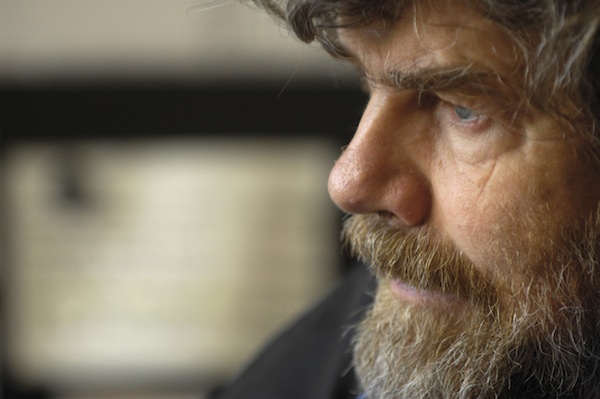
It was to be more than thirty years before the world was to get the answer.

